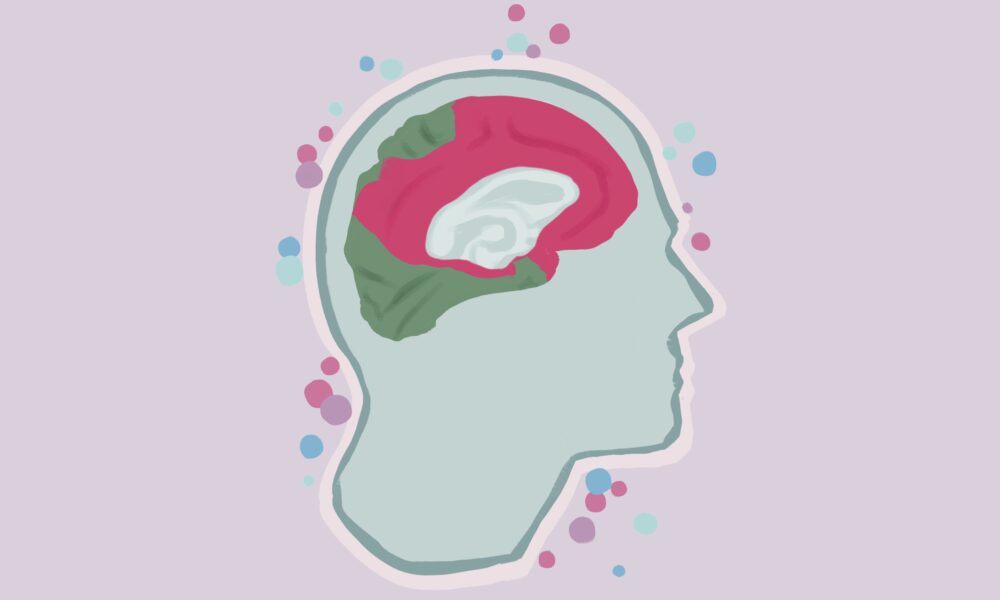Long before Francis Schmitt coined the term “neuroscience” in 1962, scientists have been interested in demystifying the secrets of the human brain. Although neuroscience primarily focuses on the functions of the cortex—the outer layer of the brain— researchers have begun to highlight the importance of more primitive brain anatomy: Namely, the brainstem. In her recent paper, Justine Hansen, PhD candidate from The Neuro, used a novel approach to pair brainstem functions with those of the cortex.
“The brainstem isn’t really looked at in vivo [in living human participants],” said Hansen in an interview with The Tribune. “Because of that, we’re somewhat biased against thinking of the brainstem as being involved in these human-specific cognitive functions.”
Most contemporary knowledge about the brainstem comes from animal studies, anatomy studies looking at connectivity, or lesion studies—lesions in the brain induce various deficits from which we can extract functions. However, many more methodological aspects make this research interesting.
Many studies examining brain functions exclusively look at the cortex. This is the wrinkly part most people imagine when thinking about the brain. The cortex reportedly hosts most of the mind’s cognitive functions, including memory, perception, and decision-making.
“We wanted to extend our perspective of cortical function to the brainstem. The reason we want to do that is that the brainstem is very often overlooked in a lot of these human neuroimaging studies,” Hansen said.
The current cortico-centric view of the brain poses many constraints when looking at the purpose of certain brain circuits. This perspective disregards the potential role of the brainstem’s intricate anatomy.
“A big thing is that it’s comprehensive across the brainstem. So a lot of studies, or those already doing brain imaging studies, typically just focus on a region in the brainstem that they are interested in,” Hansen stated.
As an attempt to address some of these issues, this research also groups different anatomical brainstem areas according to their associated cortical functions. Multiple neurotransmitters are produced in the brainstem, each implicated in different functions such as arousal and awareness. These groups represent clusters of neurons producing these molecules.
Interestingly, they found that norepinephrine, a neurotransmitter downstream of adrenaline, is present across all functional groups. Norepinephrine is implicated in various functions, including arousal regulation. This omnipresence paves the way for many hypotheses about the role and importance of norepinephrine in the general integration of cognition.
“[Norepinephrine] is involved in getting the brain to work together or work in a more segregated fashion,” Hansen said.
Hansen’s team also found a gradient in how the functions of the brainstems are correlated to those of the cortex. They discovered that the brainstem has more associations with the anterior part of the brain, including the frontal lobe and the anterior temporal lobe, implicated in higher cognitive functions like language, rather than the occipital lobe. The presence of this gradient implies that the brainstem might serve an important role that is usually attributed to the cortex in higher cognitive functions.
Although this paper is correlational and therefore does not prove causality, this type of research opens questions into the different functions of interaction between the brainstem and the cortex, especially surrounding the issue of consciousness. A coma is an altered state of consciousness and can provide valuable information on its nature.
“Now I don’t know if I want to go that direction, but it would be another angle to look at the brainstem in a [comatose] population instead of just in a healthy population,” Hansen said.
Hansen’s research paper emphasizes the importance of researching the more primitive parts of brain anatomy to gain a deeper understanding of the beautiful intricacies of the human brain.
“I think we can stop thinking of the brainstem as just being a lizard brain implicated in breathing and keeping you alive,” Hansen noted. “Maybe it’s also involved in more higher-order functions that we usually attribute to the cortex.”








